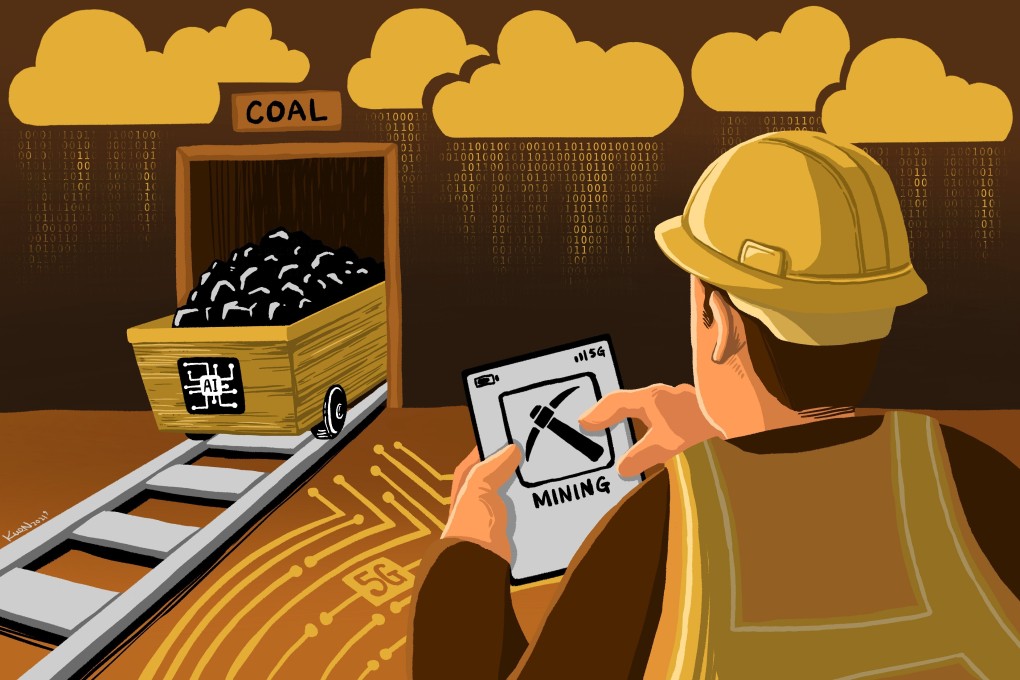How Huawei, other tech firms can help make workers safe in China’s most dangerous industry
- The world’s largest telecommunications equipment supplier is trying to bring the benefits of 5G mobile technology in the coal mining sector
- Alibaba, Tencent and ZTE are among the Big Tech firms revving up digital transformation in the industry

For 60-year-old Jin Liguo, coal mining runs in the family. His parents were miners and now his offspring is also part of the industry in Shanxi province, the centre of China’s coal production. Retired after a 40-year career in the industry, Jin is now helping develop systems that will cut the risk of workers getting injured or dying in the coal mines.
These devices are expected to support stable and fast upload of real-time data from unmanned machinery, sensors and high-definition cameras, which would help China’s most dangerous industry cut back on the number of people sent to work underground in the pits.
“Fewer people underground means higher safety,” said Jia Haoran, coal industry solutions manager at Huawei. He said that approach encourages increased hi-tech application in the industry.

01:00
16 miners killed, one rescued after fire in coal mine in Chongqing, China
The roll-out of 5G mobile network services across China, with the world’s biggest internet user population and largest smartphone market, is expected to rev up digital transformation across industries, from financial services and health care to manufacturing and long-standing economic workhorses like coal mining.